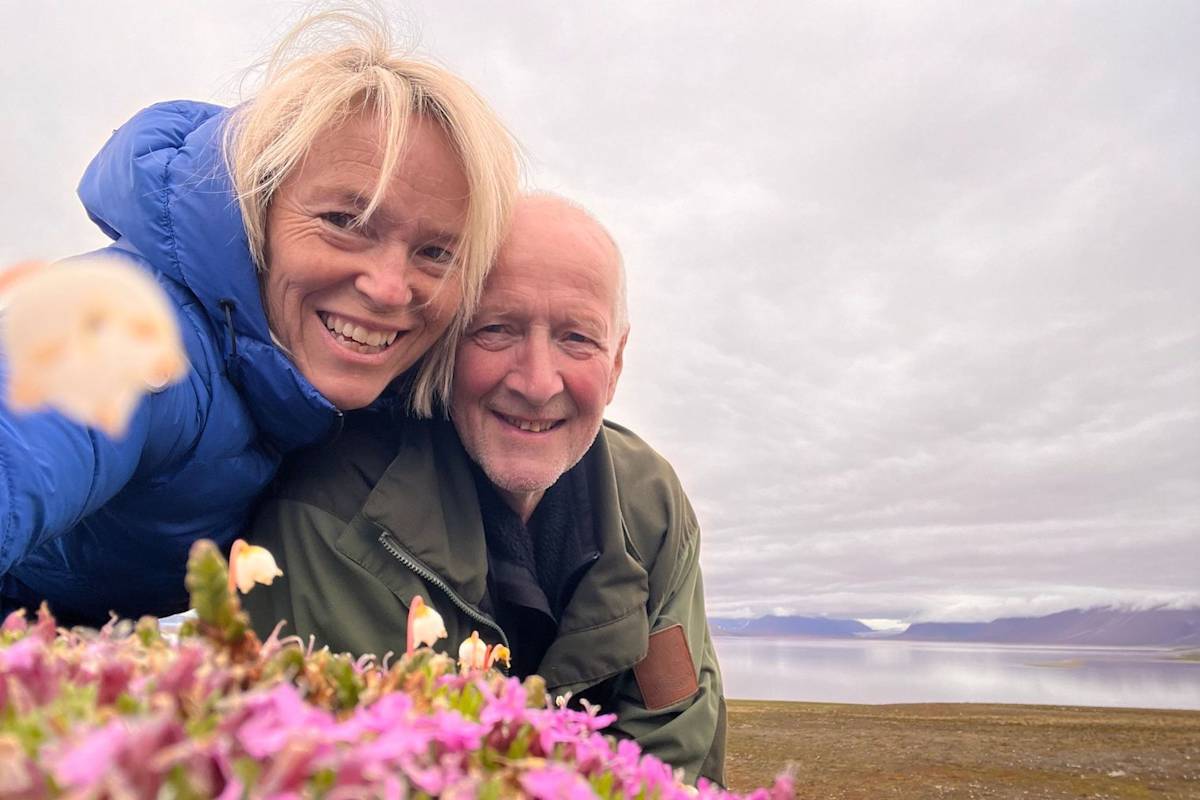Hilde Fålun Strøm, our new ambassador at large, is one of the most inspirational voices calling for protection of the Arctic. With friend and fellow explorer Sunniva Sorby she founded Hearts in the Ice, which is dedicated to motivating climate action, in 2018. In 2019, she and Sunniva embarked on what was planned to be nine months in an isolated cabin, conducting scientific research and highlighting climate change in the Arctic, but which turned into 19 months because the Covid pandemic struck while they were there and they could not be picked up as planned.
Recently named one of the Explorers Club 50 — 50 people who are changing the world — by the Explorers Club, here she talks to us about her inspirations and upbringing, about protecting the Arctic, and about living in an isolated cabin while a pandemic raged worldwide.
What prompted your interest in the Arctic?
I grew up in Norway, not very far from Oslo, and I had very active and outdoorsy parents and siblings. I was the youngest of four, and every single weekend, even from the age of 2, 3, or 4, before I could walk, I was in a rucksack on my father's back. So I was introduced to the natural world when I was a young kid, and I’ve always been fascinated by the North even without being there. Then I traveled the world with the tourism industry in what you might call my former life, and in my mid-20s I saw an advertisement for a position in Svalbard. I thought, “Whoa! That’s far away. That’s almost the North Pole.” I moved there in 1995 and I really wanted, from very early on, to explore and to be part of all the seasons, part of the natural world.
I would take care of a trappers’ cabin in the north of Svalbard for two months during the high winter season, April and May. A friend and I would hunt seals for the trappers who lived there while they were gone for two months, and because we were doing that, we had a lot of polar bear encounters.
So that was a taste of the life that I really wanted to do. It’s a very simple life in the cabin. There’s no running water, electricity or connectivity, so you need to work every day to survive and make sure that you are safe. Mentally and physically, it’s a harder type of living, but it’s so purposeful.



















